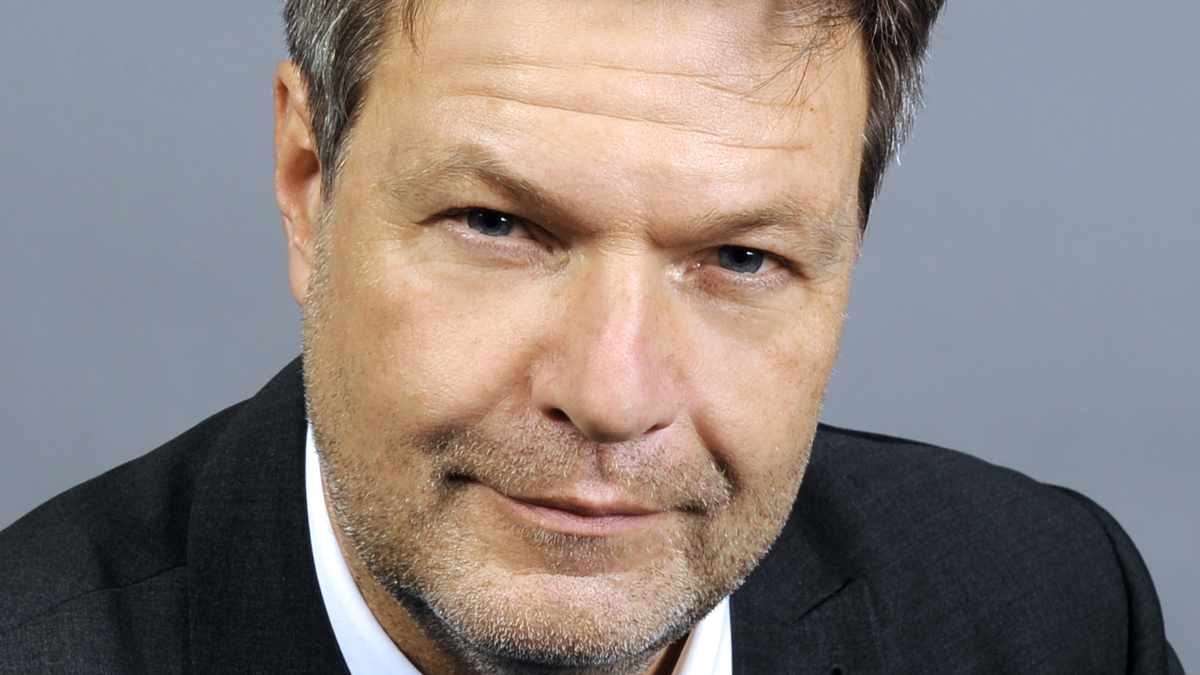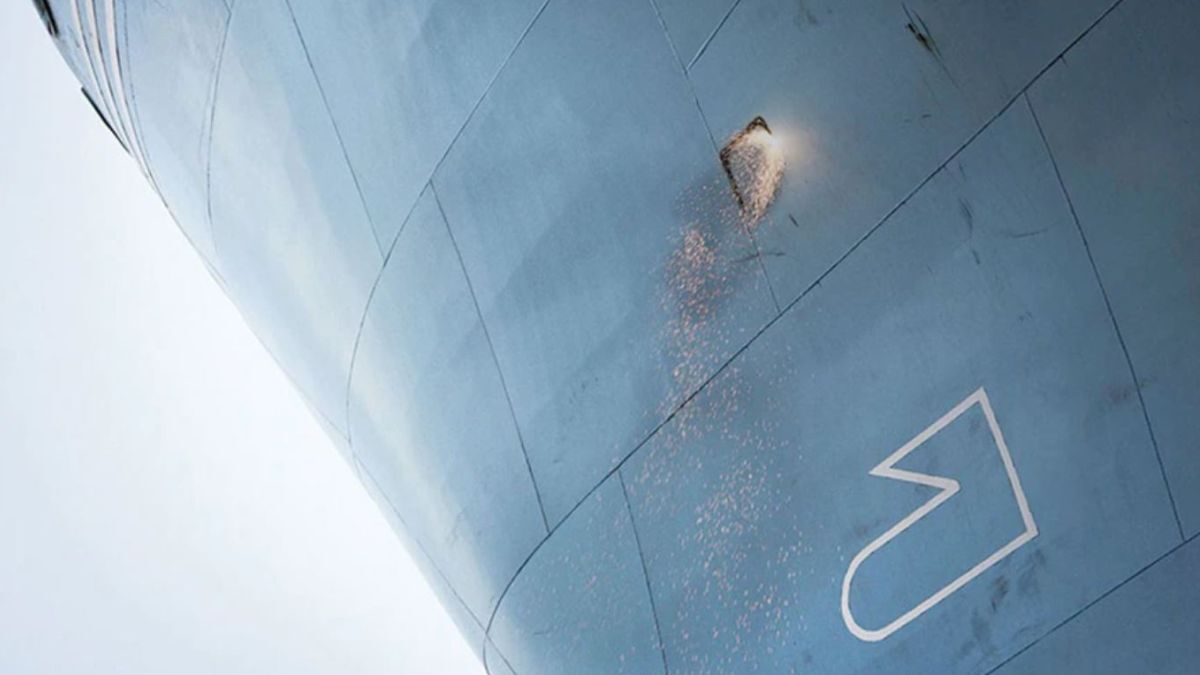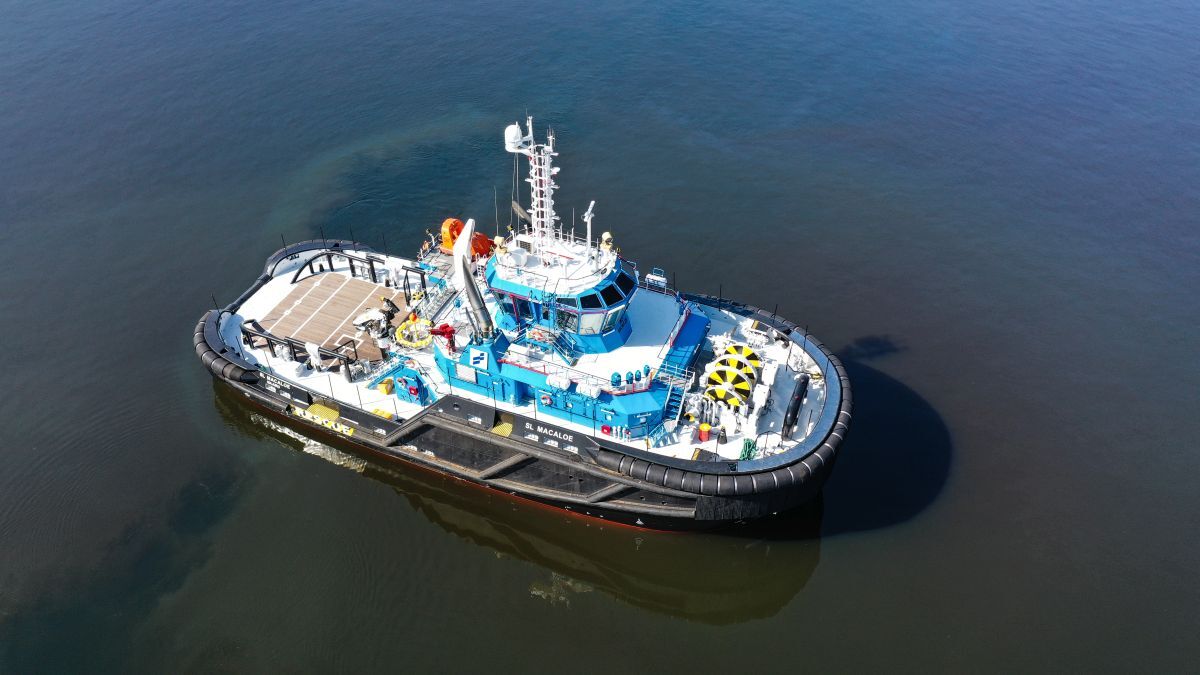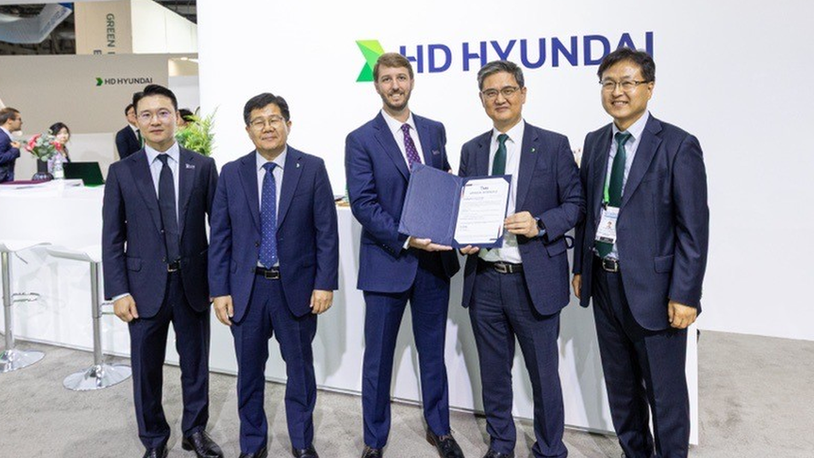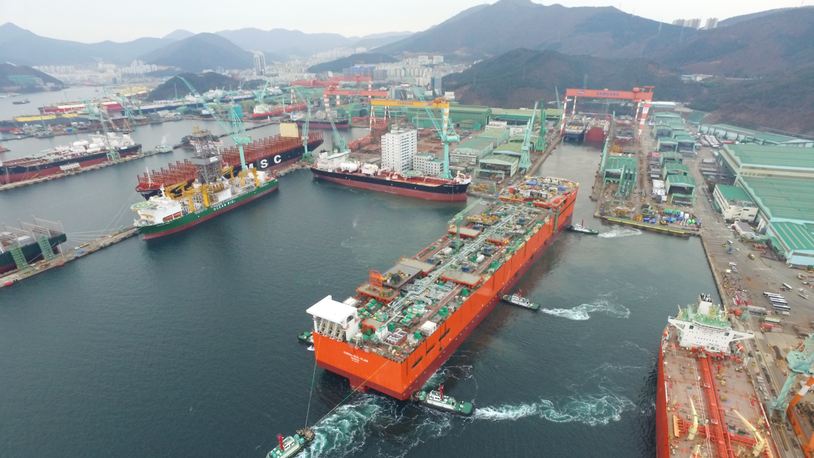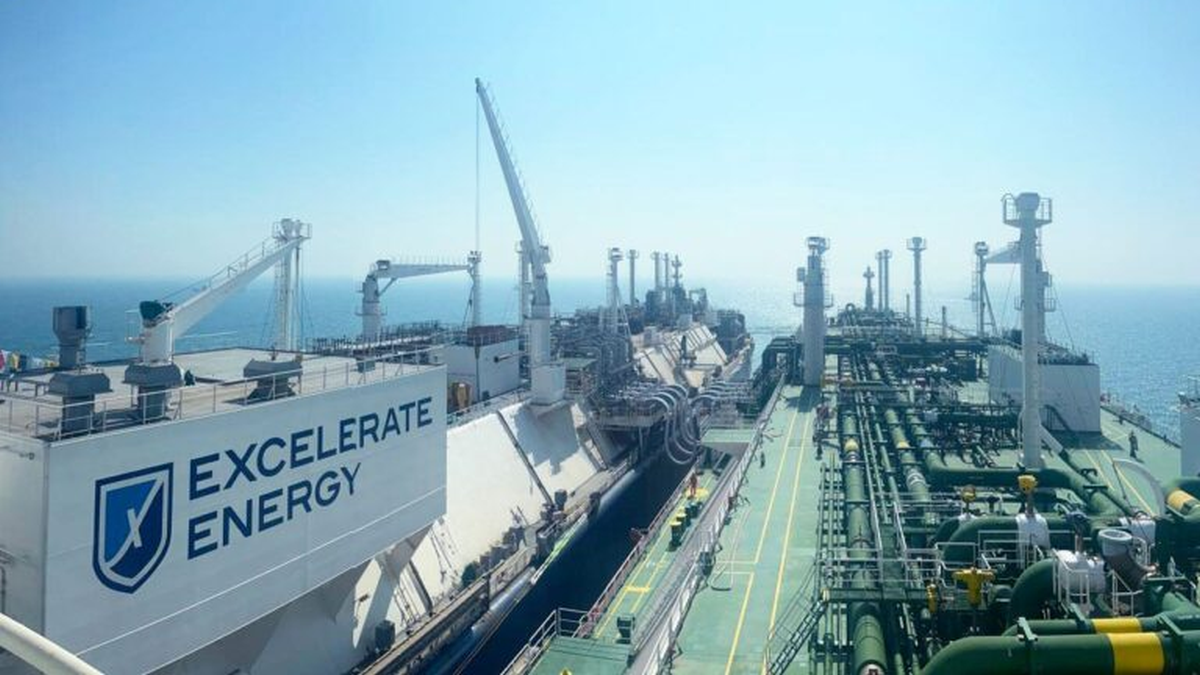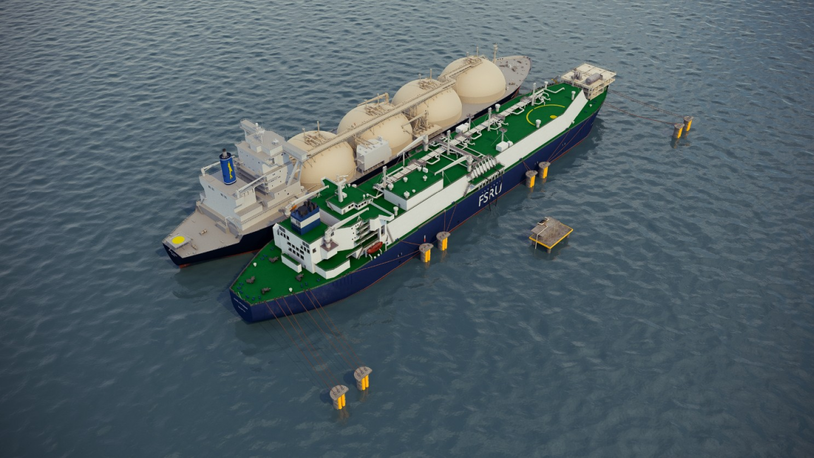Business Sectors
Events
Contents
Register to read more articles.
Ammonia-ready LNG bunker vessels to be built in Germany
German federal funding of US$67.4M is made available to build a trio of LNGBVs, which will be used to refuel LNG dual-fuel vessels in German and European ports
Backed by €62M (US$67.4M) in funding from the German Government, a consortium will build three ‘future-proof’ LNG bunker vessels (LNGBV), designed to be upgraded to handle green ammonia in the future.
Funding for the trio of vessels was announced by Federal Minister for Economic Affairs and Climate Action, Robert Habeck, in December. The European maritime consortium includes Nordic Hamburg, Titan Clean Fuels and Wessels Marine (WESMAR). Mr Habeck made the announcement at the shipyard of Flensburger Schiffbau Gesellschaft (FSG), Flensburg, Germany, where the three bunker vessels will be constructed. Each of the bunker vessels will have a capacity of 4,500 m3, and initially be employed to supply and bunker LNG in German and European seaports for a growing fleet of LNG dual-fuel vessels. However, since vessels have a 20-year lifespan, they will be designed to bunker alternative fuels, including ammonia, to support shipping’s decarbonisation pathway. This would ensure they do not become stranded assets.
“The maritime sector’s energy transition and its associated switch to alternative fuels are a huge task,” noted Mr Habeck. He said, decarbonisation “requires investments in the expansion of bunker infrastructure which will enable the refuelling of maritime vessels with LNG and renewable fuels.” He said: “In addition to LNG, refuelling with ammonia will also be possible in the future. This shows that we are consistently moving towards climate neutrality.”
“The use of ammonia as marine fuel … requires further technological and regulatory development”
The trio of newbuild LNGBVs will widen the availability of LNG at German and European seaports, and later liquefied biomethane (LBM), also known as bioLNG, and further down the line, synthetic natural gas (SNG) will be available as low-carbon or carbon-neutral fuel for maritime vessels. Through a future upgrade, the bunker vessels will be designed for refuel vessels with green ammonia when it becomes available. According to the Federal Ministry for Economic Affairs and Climate Action: “Ammonia could take on an important role in the long-term as a climate-friendly marine fuel because it can be efficiently produced via regeneration and its consumption is carbon-free. The use of ammonia as marine fuel, however, requires further technological and regulatory developments.” Among these are the availability of ammonia-burning engines and training for crew.
A leading supplier of LNG and bioLNG fuels, Titan owns and charters a fleet of LNGBVs. In January, Titan won a tender from Corsica Linea to supply LNG for the company’s new ropax ferry A Galeotta at the Port of Marseille. Titan will supply LNG to the new ropax at the port via truck-to-ship bunkering until its new LNGBV is delivered. Titan expects to take delivery of the 4,200-m3 LNGBV Krios in 2023.
In November, Titan bunkered the 5,200-passenger, LNG dual-fuelled cruise ship Arvia at Eemshaven, the Netherlands using Green Zeebrugge (ex-Engie Zeebrugge), a 5,200-m3 LNGBV on long-term charter from NYK Line, to supply fuel to LNG-powered ships in the Amsterdam-Rotterdam-Antwerp region.
Related to this Story
Events
Offshore Support Journal Conference, Americas 2025
LNG Shipping & Terminals Conference 2025
Vessel Optimisation Webinar Week
© 2024 Riviera Maritime Media Ltd.


